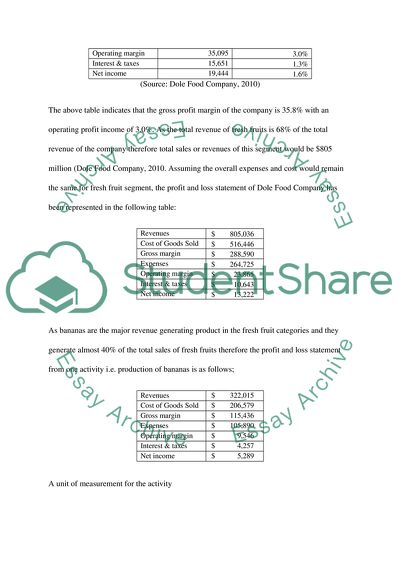Not Found (#404) - StudentShare. https://studentshare.org/marketing/1766009-acc403-principles-of-accounting-slp-a-revised-income-statement-the-contribution-margin
Not Found (#404) - StudentShare. https://studentshare.org/marketing/1766009-acc403-principles-of-accounting-slp-a-revised-income-statement-the-contribution-margin.


